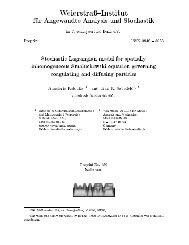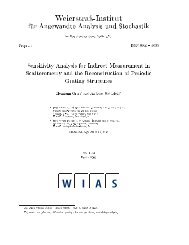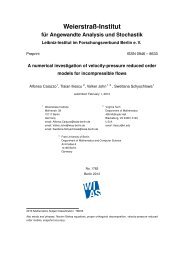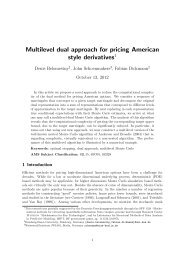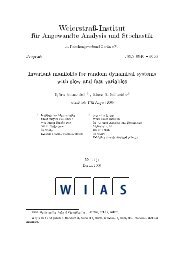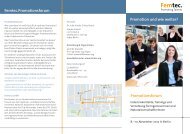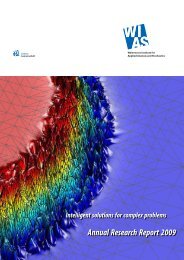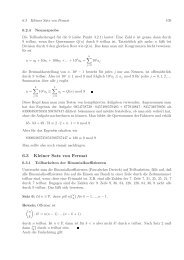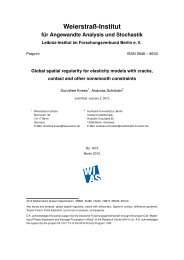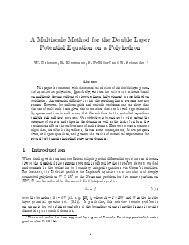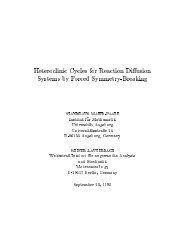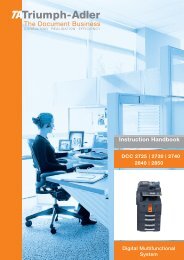PDF (5143 kByte) - WIAS
PDF (5143 kByte) - WIAS
PDF (5143 kByte) - WIAS
Create successful ePaper yourself
Turn your PDF publications into a flip-book with our unique Google optimized e-Paper software.
a) b)<br />
c) d)<br />
FIGURE 7. a) Slice of diffusion weighted data for one (arbitrarily selected) gradient<br />
direction. b) Same diffusion weighted data after POAS as proposed in<br />
this paper. c) Same slice shown after averaging over four subsequent measurements<br />
(same as Fig. 1). d) Smoothed averaged data set.<br />
quality of the smoothed result based on a single measurement compares well with the repeated<br />
data, which required a four times longer acquisition time.<br />
In Figure 7 slices of an (arbitrarily selected) diffusion weighted image Sg are shown (same as<br />
Figure 1), together with the results after smoothing. Furthermore, we show the comparison of<br />
the diffusion weighted image for the averaged data set with and without smoothing.<br />
Finally, in Figure 8, we provide fiber tracking results using a simple streamline algorithm [Mori<br />
et al., 1999, Xue et al., 1999] with FA < 0.266 as stopping rule and a maximum angle of 45<br />
degrees between the line segments. Figure 8(a-d) show only fibers through a region-of-interest<br />
within the corpus callosum, while Figure 8(e-h) provides the results for the whole brain. Noise<br />
13




